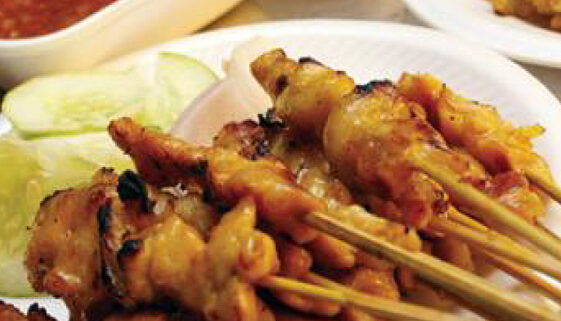Penang Durian Festival
It’s official, and it’s a thing. Due to popular demand, and we do mean popular demand for the thorny fruit, the Durian, Penang now has a Festival to honour the king of all fruits.
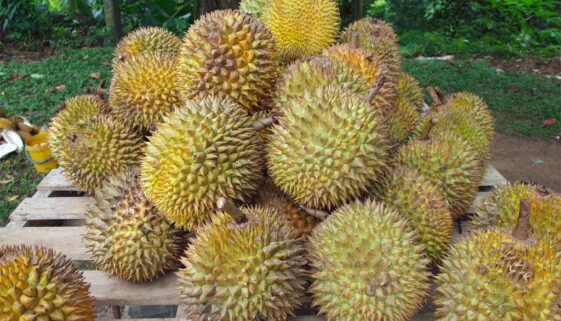
It’s official, and it’s a thing. Due to popular demand, and we do mean popular demand for the thorny fruit, the Durian, Penang now has a Festival to honour the king of all fruits.
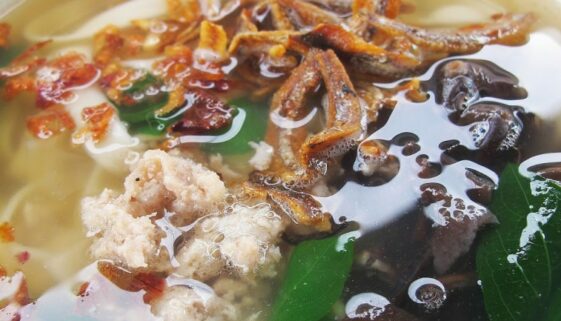
Known as Mee Hoon Kueh in Hokkien, a local dialect commonly spoken among the Malaysian Chinese community is a flat noodle dish. The noodle is handmade and prepared fresh at the stall either hand pulled which is quite a feat to witness or with a pasta maker. You can order this dry or with soup.
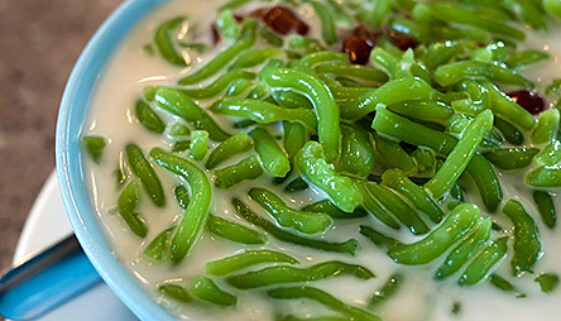
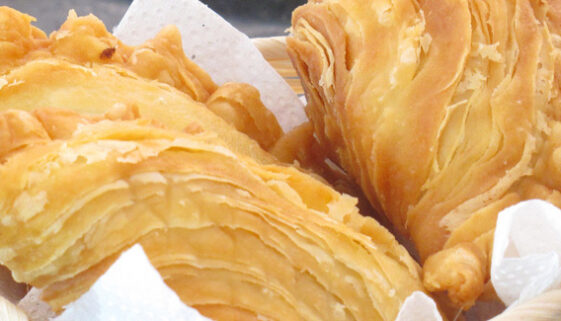
Think Cornish pasties, only smaller and spicier. Curry Puff or known to the locals as Karipap is a savoury snack taken as breakfast in the morning or late afternoon tea. But being Penangnites, food is consumed at any time of the day and so is Curry Puff.

Check out this video featuring once again, Penang for its FOOD. Always great to be recognised for something that fills your stomach and makes you feel good. Here is one to foodies all over the world – Eat Your Heart Out OR not, just come down to Penang, the Food Paradise.
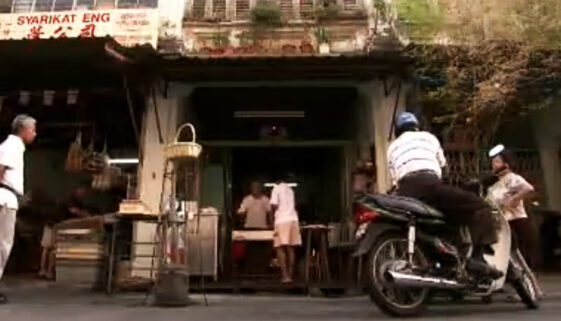
Great Al Jazeera Program on Penang, the life, the culture, the heritage and ultimately, the food by Veronica Pedrosa.
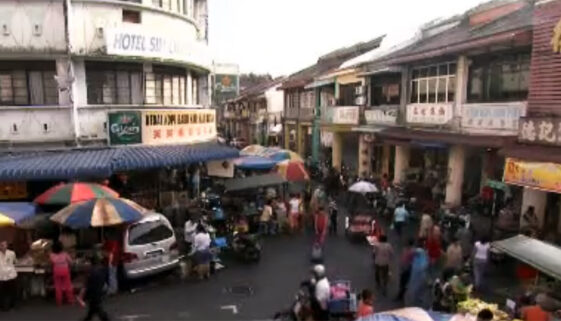
Great Al Jazeera Program on Penang, the life, the culture, the heritage and ultimately, the food by Veronica Pedrosa.
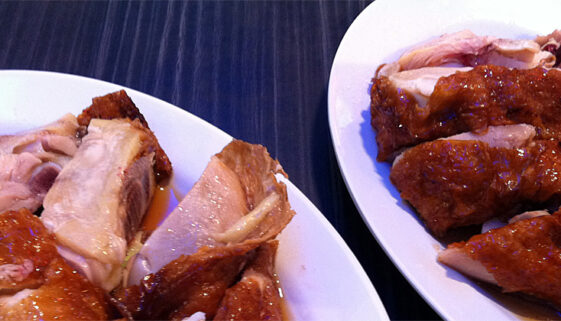
All Penangnites are extremely proud of their Hawker Food (Street Food). Ask any Penangnite and they are bound to have an opinion on the best place to eat a certain type of food.
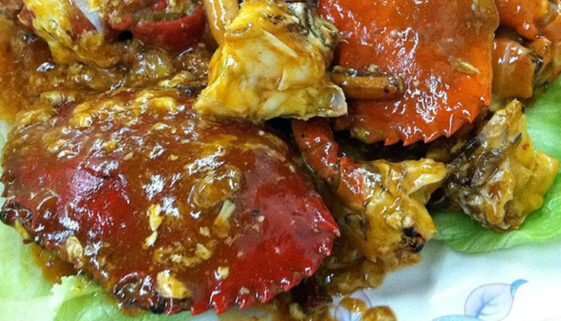
John Brunton’s article in The Guardian picked 10 best places to eat in George Town, Penang that not only serve some of the best street food but at very good prices.
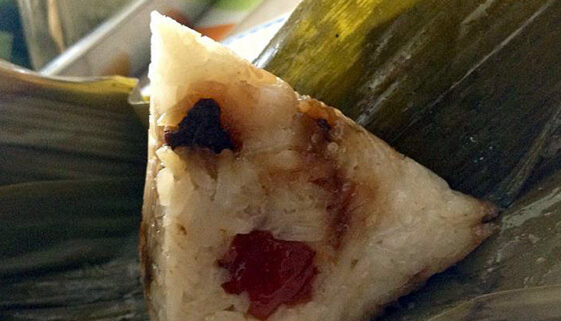
Bak Chang or Zongzi (in Mandarin) is a traditional Chinese rice dumpling usually available around the time of Dragon Boat Festival. See here for information on the Penang International Dragon Boat Festival.
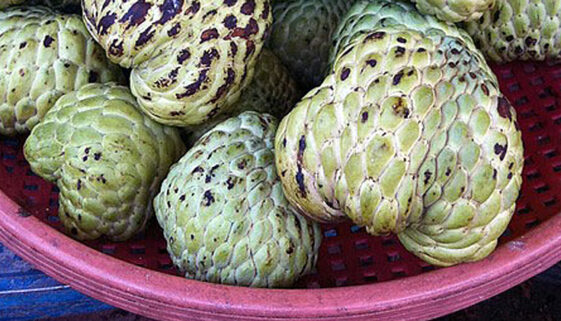
Photo gallery showcasing some of the local fruits and favourites.
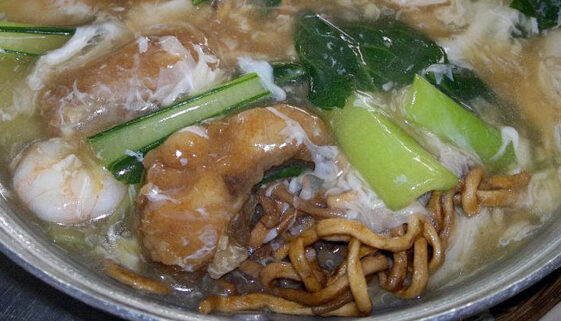
Yee Fu, Yi Foo or Ee Foo Mee as it is sometimes known is a non-spicy braised egg noodle dish.
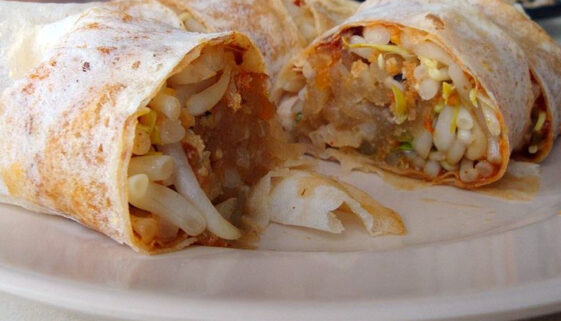
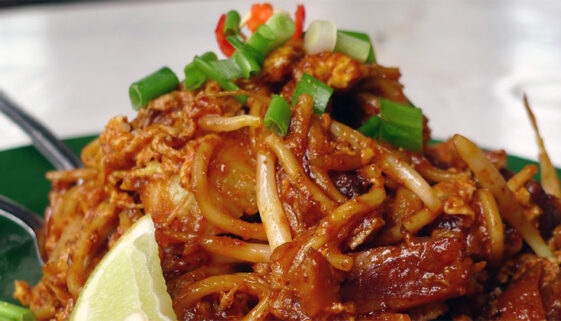
Mee Goreng is a spicy fried noodle dish of Indian Muslim origin, enjoyed by everyone in Penang.
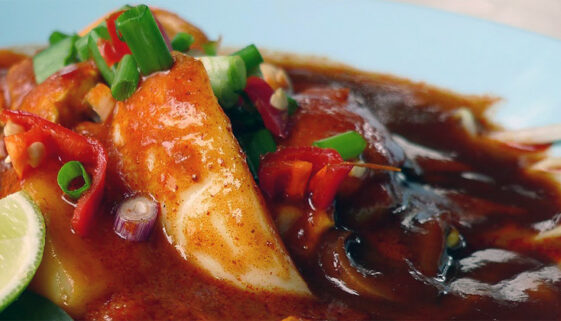
Prepared with very similar ingredients used to prepare Mee Goreng, Mee Rebus is the gravy version of the Mee Goreng.
